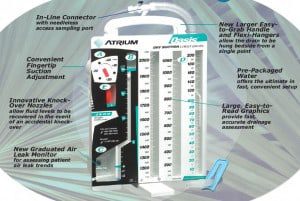Chest Tube DOPE Mnemonic : A Guide for Nurses
As a nurse, encountering a patient with a chest tube can be daunting. But fear not! With the right knowledge and tools, you can confidently manage chest tubes and provide excellent patient care. This guide will walk you through the essentials of chest tube management, focusing on the crucial DOPE mnemonic. What is a Chest … See Nursing Diagnoses
